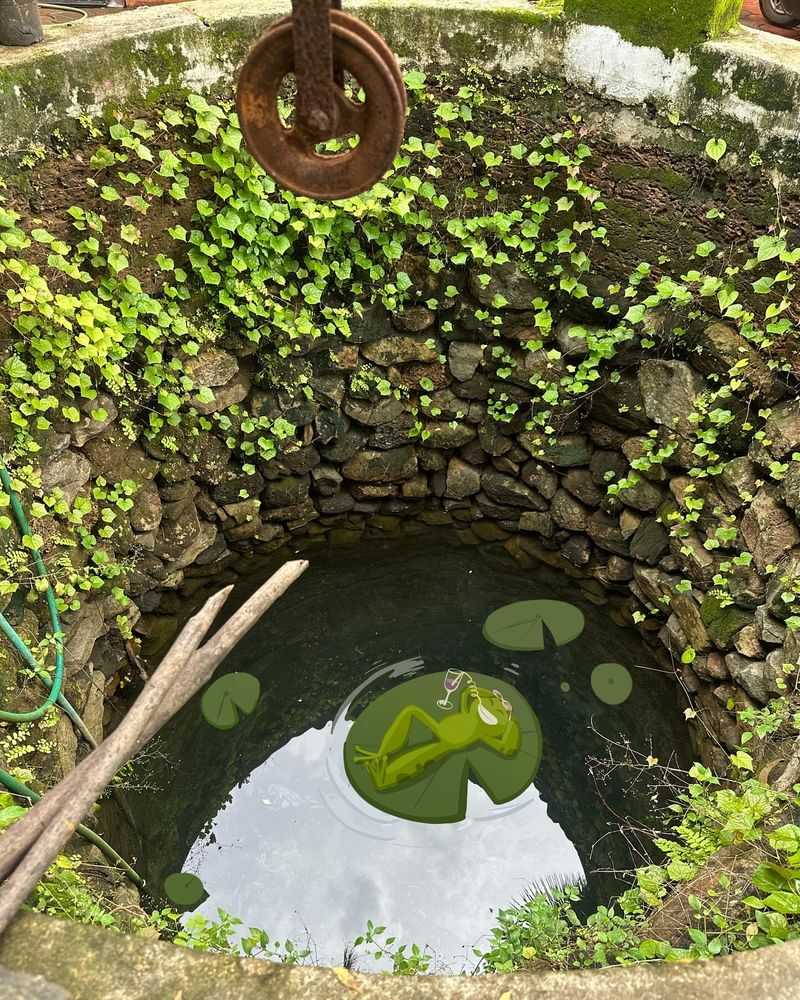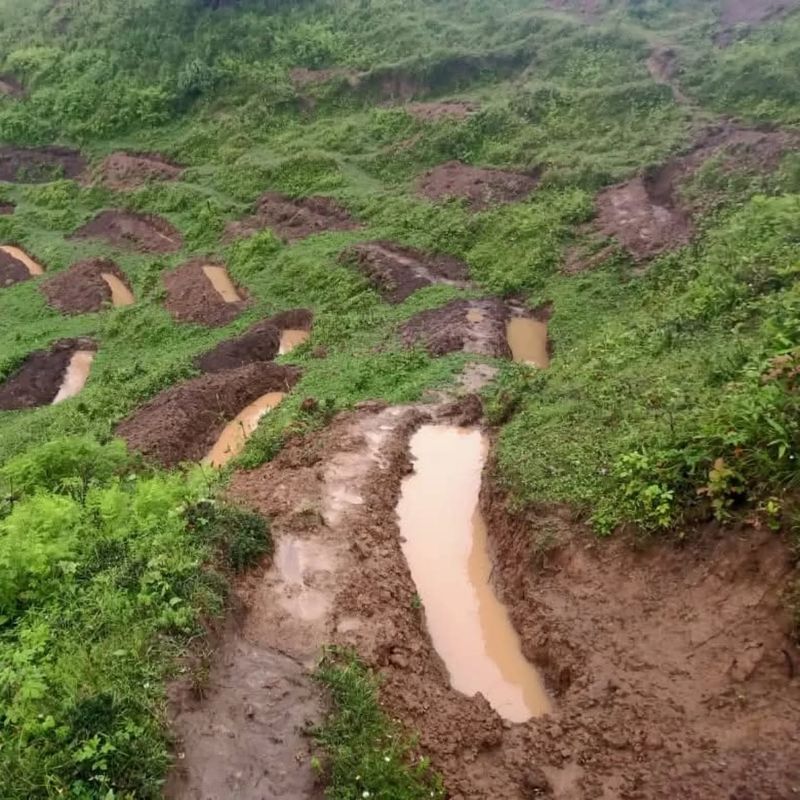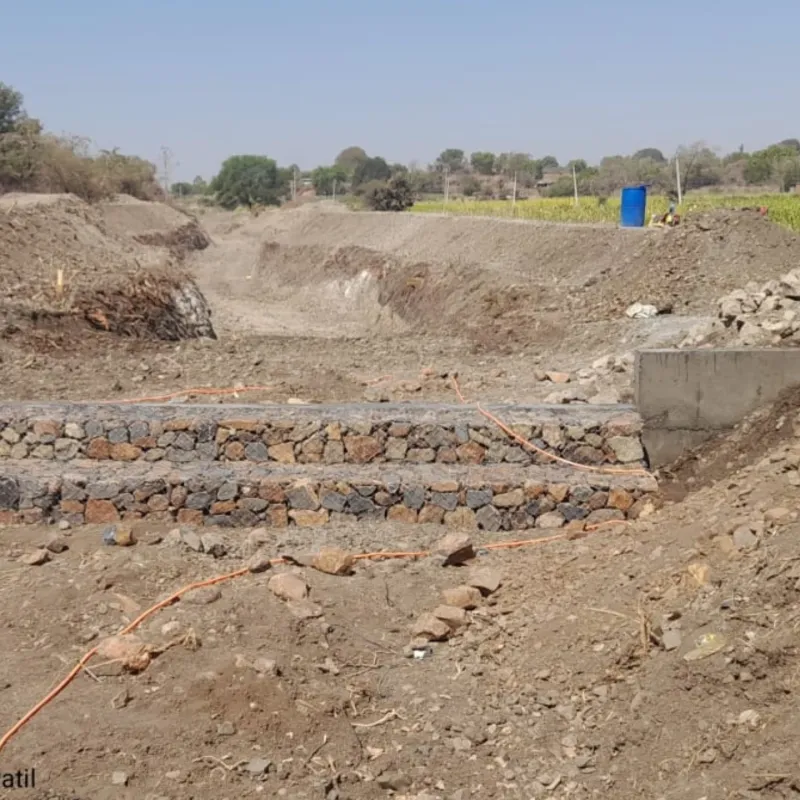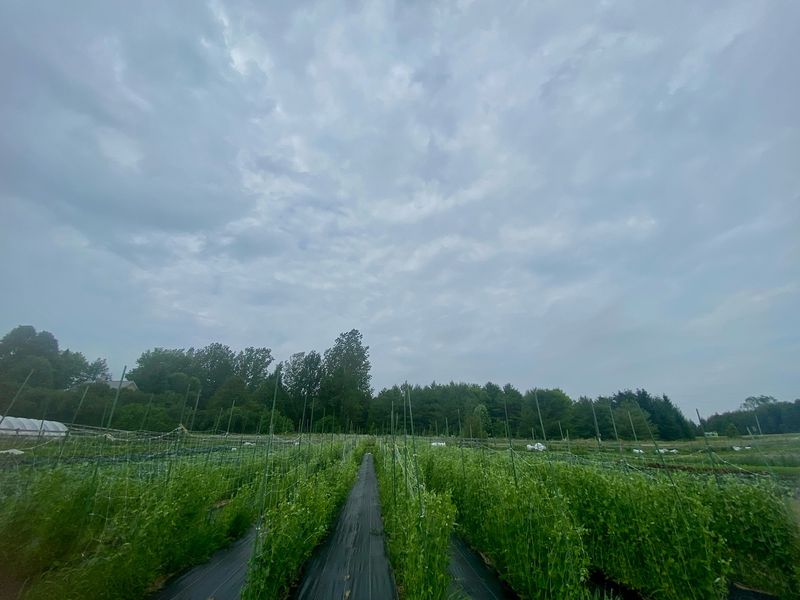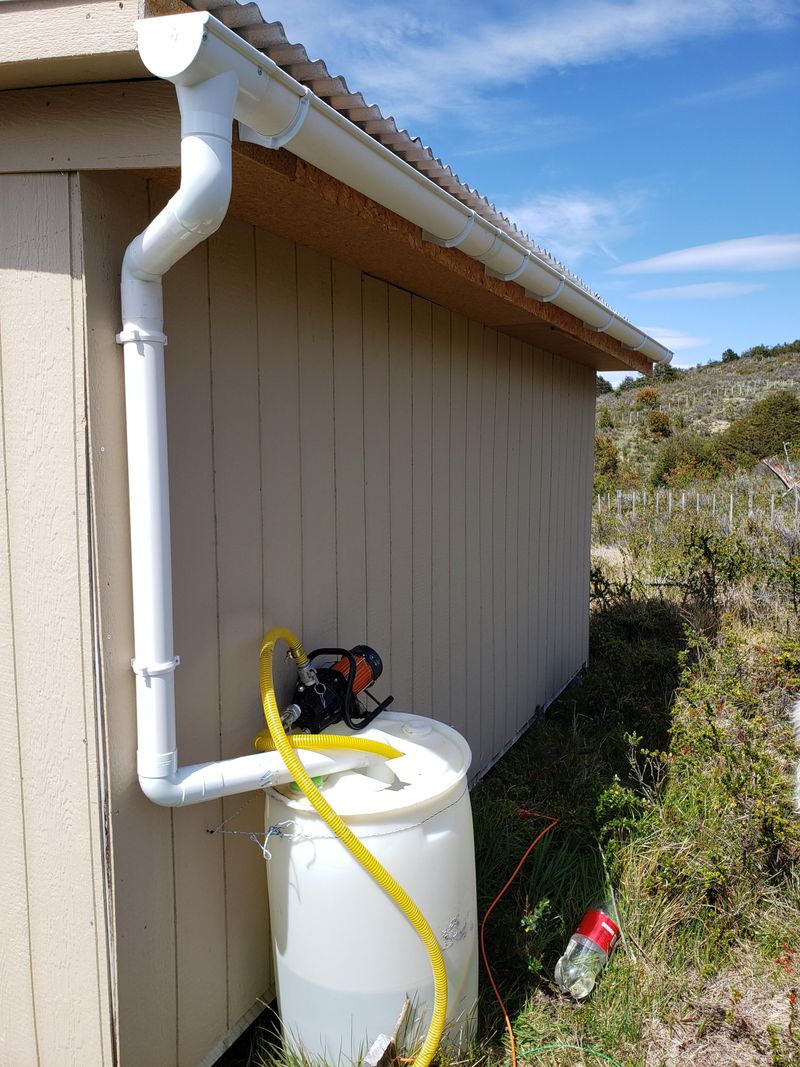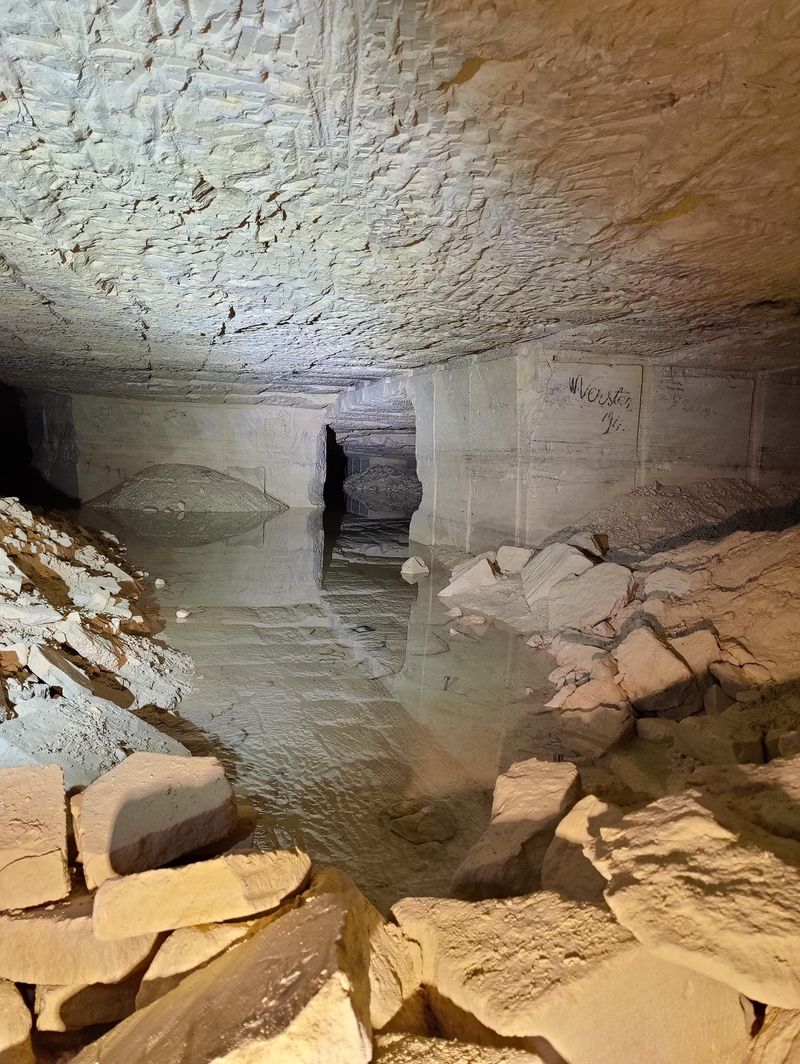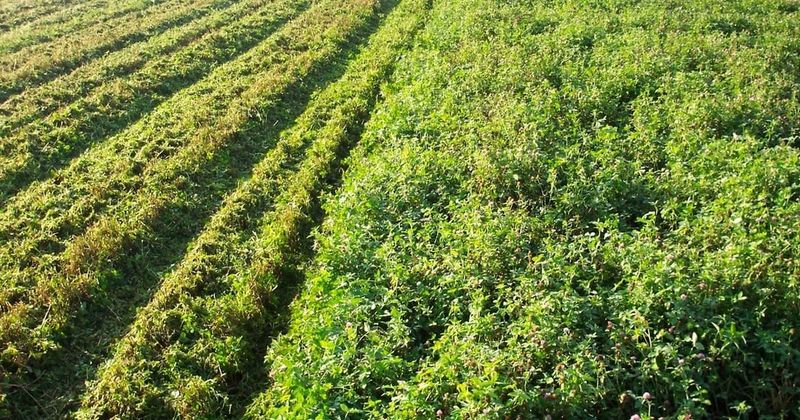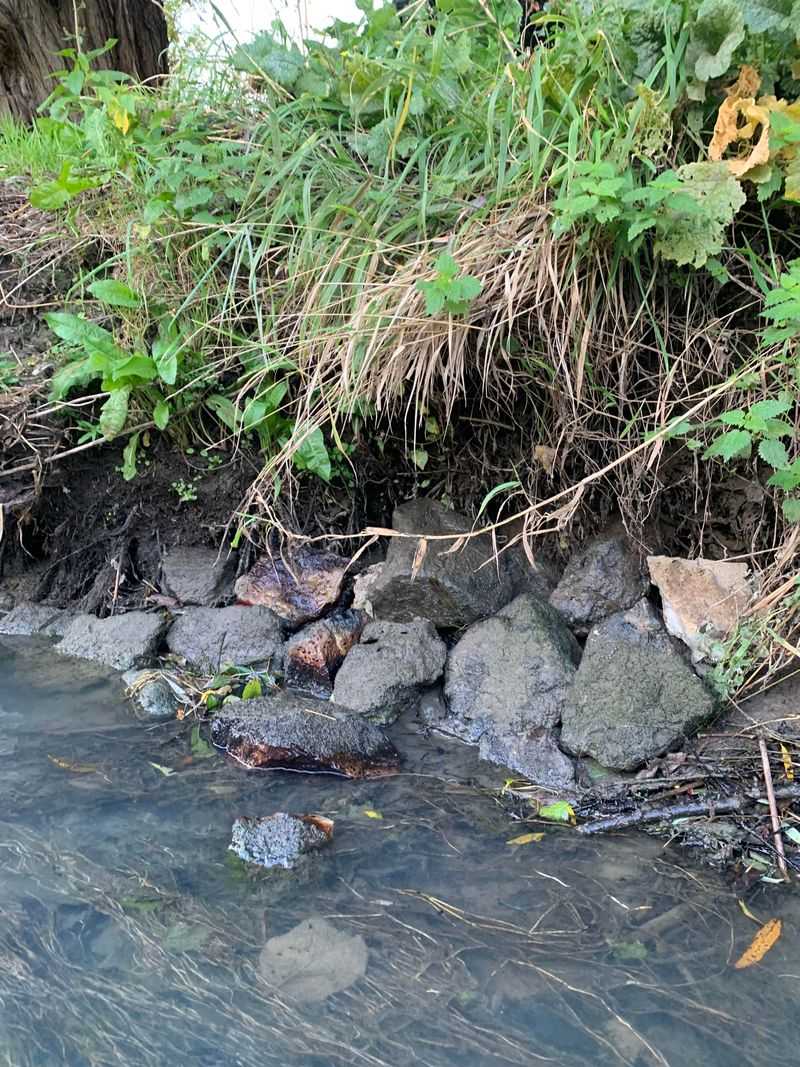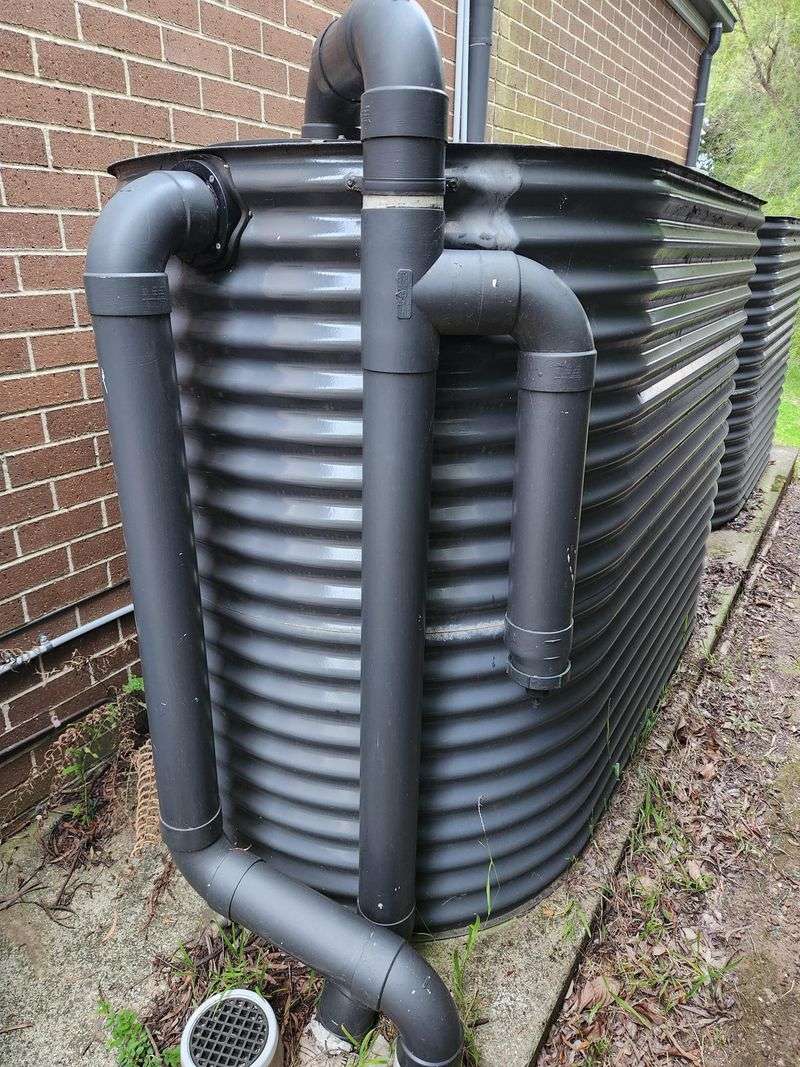This old-school trick blew my mind—it’s so simple, yet it completely changed the land. What was once dry, cracked soil is now bursting with life thanks to a clever way of catching and holding water.
No fancy equipment, no huge costs—just smart use of nature. I couldn’t believe how fast everything turned green. It’s proof that sometimes the best solutions have been around all along.
1. Ancient Origins Still Relevant Today
Water harvesting isn’t new – civilizations like the Nabataeans and Romans mastered these techniques thousands of years ago. Their stone channels and cisterns still function in parts of Jordan and North Africa.
Modern farmers are discovering these ancient methods work better than expensive irrigation systems in many environments. The principles remain unchanged: catch water when it’s available, slow it down, and guide it where needed.
2. Contour Ridges That Trap Every Drop
Small earthen ridges following land contours make all the difference in capturing rainfall. When rain hits these strategically placed barriers, water slows down instead of rushing away, giving it time to soak into soil.
Farmers create these simple structures using basic tools or animal-drawn plows. The beauty lies in how they work with natural land features rather than fighting them, requiring minimal maintenance once established.
3. Check Dams Transforming Gullies Into Gardens
Erosion gullies that once drained water away now become prime growing spots with small rock dams. These structures slow rushing water during rainstorms, creating pockets of moisture-rich soil perfect for planting.
Local materials like stones, branches and soil make construction accessible to anyone. Each rainy season, these check dams collect not just water but also nutrient-rich sediment, gradually building fertile growing areas in formerly barren land.
4. Half-Moon Basins Creating Microclimate Oases
Crescent-shaped earthen structures trap water precisely where trees and crops need it most. These half-moon basins direct rainfall toward plant roots while protecting them from harsh winds and extreme temperatures.
Farmers in Burkina Faso and Niger have reclaimed thousands of acres using this technique. The basins work like natural incubators, creating sheltered microclimates where seedlings thrive even in challenging conditions.
5. Roof Catchment Systems Supplying Household Needs
Every roof becomes a water collection surface when properly designed. Simple gutters and storage tanks capture rainfall that would otherwise run off, providing clean water for household use and small garden plots.
A modest home with 1,000 square feet of roof space can collect over 600 gallons from just one inch of rain. This direct supply reduces dependence on distant water sources and provides irrigation during dry spells.
6. Permeable Rock Dams For Groundwater Recharge
Large rock structures placed across seasonal waterways let water pass slowly through while capturing sediment. Unlike solid dams, these permeable barriers don’t create reservoirs but instead recharge underground water supplies.
The filtered water seeps into aquifers, raising the water table and improving well yields throughout the year. Communities in India have revived dried-up wells and springs using this approach, bringing water back to areas abandoned due to drought.
7. Zai Pits Defying Desert Conditions
Hand-dug holes filled with compost become powerful growing spots in otherwise impossible terrain. These pits, about the size of dinner plates and 6 inches deep, concentrate both water and nutrients exactly where plants need them.
Farmers in Mali and Burkina Faso have reclaimed thousands of hectares using this labor-intensive but effective method. Crops grown in zai pits often survive when conventional fields fail, providing food security even during drought years.
8. Runoff Farming With Strategic Field Design
Fields deliberately positioned to receive natural water flow maximize every drop without pumps or pipes. Farmers identify natural drainage patterns and place crops accordingly, using earth berms to direct water to different zones.
This passive irrigation system requires careful observation but minimal infrastructure. In Yemen and Morocco, generations of farmers have perfected these techniques, creating productive farmland in regions receiving less than 10 inches of annual rainfall.
9. Gabion Structures Healing Eroded Landscapes
Wire cages filled with rocks create durable barriers that slow water while allowing it to seep through. These gabions prevent further erosion while building up soil behind them, gradually transforming gullies into level, fertile ground.
Unlike concrete structures, gabions flex and adapt to changing conditions. They’re particularly effective in steep terrain where conventional farming would be impossible, creating productive terraces that improve with each rainy season.
10. Community Knowledge Networks Spreading Success
Farmer-to-farmer learning proves more effective than top-down approaches in adopting water harvesting. When local champions demonstrate success, neighbors quickly adapt techniques to their own land, creating ripple effects throughout regions.
Organizations like Farmer Managed Natural Regeneration document these knowledge exchanges, helping successful methods spread across borders. This social dimension of water harvesting may be its most powerful aspect, building resilience through shared wisdom.


